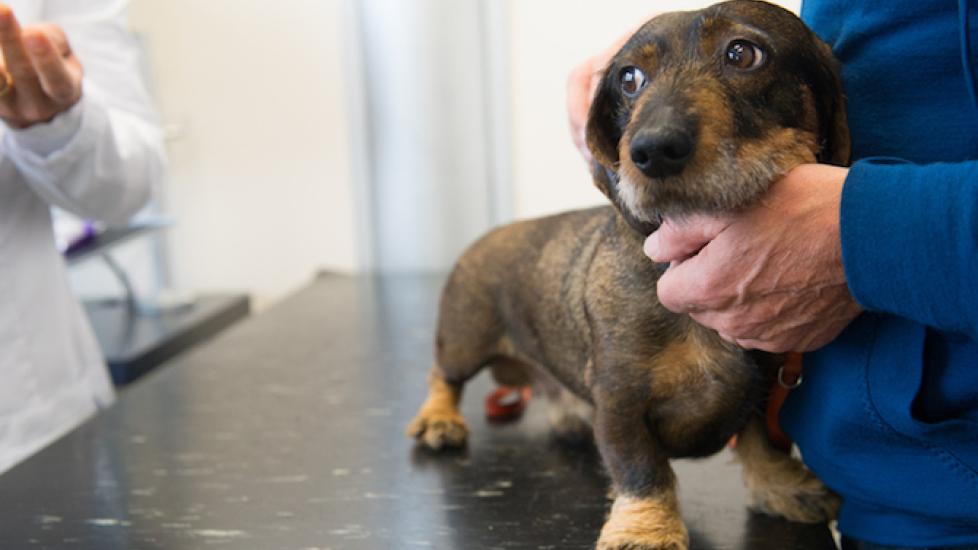Title: “A Gentle Guide: How to Prepare Your Furry Friend for a Stress-Free Veterinary Visit”
Introduction:
Nervousness and fear can be common companions when it comes to taking our beloved pets to the vet. However, with patience and understanding, we can help them overcome these anxieties, ensuring a smoother experience for both pet and owner alike. Here’s how you can gently desensitize your pet to veterinary visits through positive reinforcement and gradual exposure.
Section 1: Understanding Fear in Pets
Fear is a natural emotion that all animals possess as a survival instinct. In dogs or cats, this fear can manifest as trembling, hiding, aggression, or even refusal to move during vet appointments. It’s crucial to recognize that such reactions are not deliberate disobedience but rather a sign of distress.
Section 2: Creating a Positive Association
The key to desensitization lies in creating a positive association between the vet environment and pleasant experiences. Start by introducing small pieces of their favorite treats or toys from a distance where they feel comfortable. Gradually bring these items closer to areas associated with the vet—such as the car or front door—and reward calm behavior consistently.
Section 3: Exposure Therapy
Once your pet has established a positive connection with the vet-related objects, it’s time for low-level exposure. Begin by driving past the clinic without stopping; then, park outside while keeping your pet well within their comfort zone. Eventually, introduce short trips inside the waiting room with plenty of rewards along the way. Remember to keep sessions brief and rewarding at first, building up duration over time.
Section 4: Role Play and Rehearsal
Engage in role play scenarios at home where you mimic being a veterinarian examining your pet. Use gentle touch around sensitive areas like paws and ears while praising calm responses. This rehearsal helps prepare them mentally for what’s to come during actual exams.
Section 5: Communication Is Key
Open communication with your vet’s office is vital. Inform staff about your pet’s fears so they can assist in making each visit less stressful. They may suggest muzzle training if necessary or offer sedation options on a case-by-case basis after careful evaluation.
Conclusion:
By implementing these strategies gradually and consistently, you can effectively reduce stress levels surrounding veterinary visits for both you and your furry friend. Patience pays off when pets learn to associate routine checkups with enjoyable moments instead of apprehension. With a little extra effort, every trip to the vet can become more relaxed and beneficial for everyone involved!
